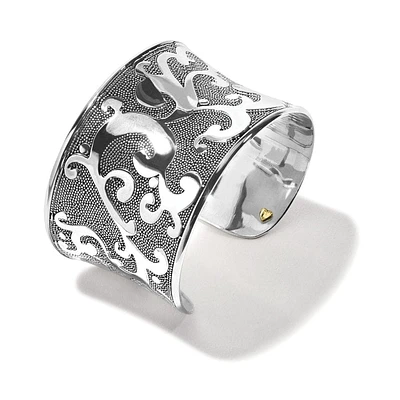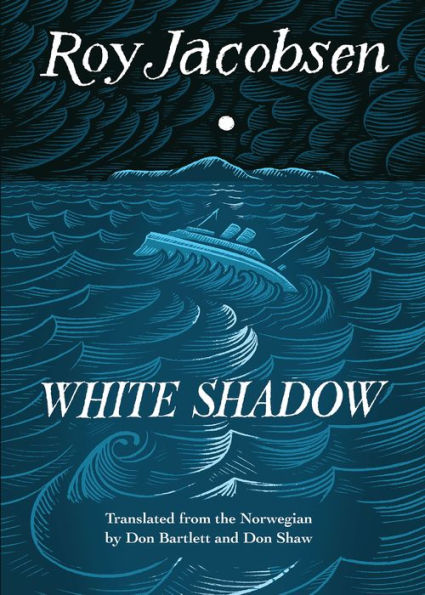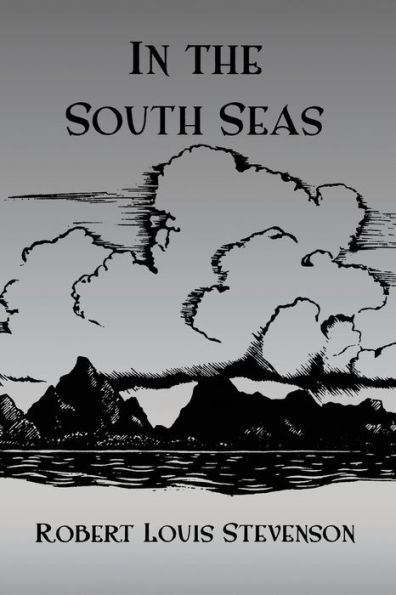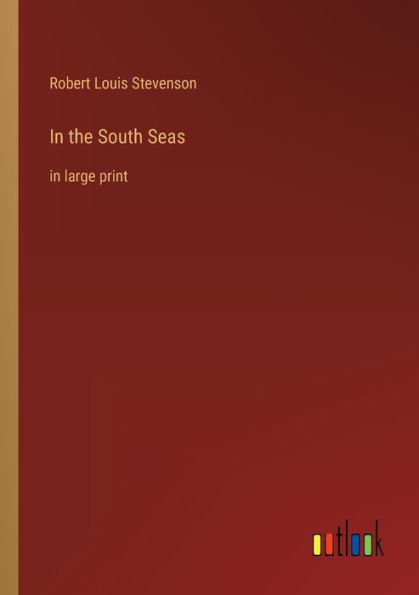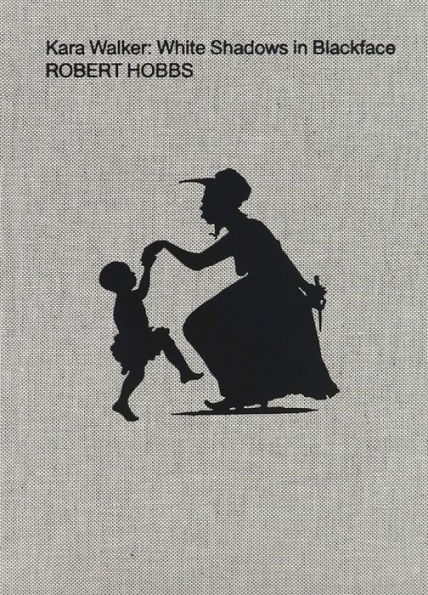Home
White Shadows in the South Seas
Barnes and Noble
White Shadows in the South Seas
Current price: $12.99


Barnes and Noble
White Shadows in the South Seas
Current price: $12.99
Size: OS
Loading Inventory...
*Product information may vary - to confirm product availability, pricing, shipping and return information please contact Barnes and Noble
Filmed on location in Tahiti,
White Shadows in the South Seas
was originally intended as a project for famed documentary filmmaker Robert Flaherty, whose
Nanook of the North
had cleaned up at the boxoffice. At first given complete artistic control, Flaherty began faltering in terms of keeping cast and crew organized; even worse, he moved too slowly to suit his parent studio MGM. More and more directorial authority was relegated to Flaherty's assistant, the phenominally fast W. S. "Woody" Van Dyke. Frustrated, Flaherty resigned (some reports claim that he fell ill and was taken off the project), and the film became solely the responsibility of Van Dyke. Despite the wails from the pro-Flaherty camp about "compromise" and "bastardization," the finished
is a superlative work. Loosely based on a 1919 book by Frederick O'Brien, the film charts the denigration of the South Sea islands and its denizens thanks to the intervention of white civilization. Monte Blue plays a alcoholic doctor who is disgusted by the negative effects of European colonization. He sails away to an island still untouched by "white shadows," where he falls in love with native girl Raquel Torres. Enchanted by the idyllic lifestyle of the islanders, Blue reacts with horror when he sees a group of white men sailing into view, bringing their usual seductive trinkets of alcohol and cigarettes. Attempting to quell the invasion, Blue is killed. As her island falls victim to civilization, Raquel mourns over her lover's grave. Gorgeously photographed,
is a masterful blend of drama and documentary. Most surviving prints do not include the clumsily constructed talkie sequences, wherein Monte Blue teaches Raquel Torres how to whistle (this scene works far better when conveyed silently).
White Shadows in the South Seas
was originally intended as a project for famed documentary filmmaker Robert Flaherty, whose
Nanook of the North
had cleaned up at the boxoffice. At first given complete artistic control, Flaherty began faltering in terms of keeping cast and crew organized; even worse, he moved too slowly to suit his parent studio MGM. More and more directorial authority was relegated to Flaherty's assistant, the phenominally fast W. S. "Woody" Van Dyke. Frustrated, Flaherty resigned (some reports claim that he fell ill and was taken off the project), and the film became solely the responsibility of Van Dyke. Despite the wails from the pro-Flaherty camp about "compromise" and "bastardization," the finished
is a superlative work. Loosely based on a 1919 book by Frederick O'Brien, the film charts the denigration of the South Sea islands and its denizens thanks to the intervention of white civilization. Monte Blue plays a alcoholic doctor who is disgusted by the negative effects of European colonization. He sails away to an island still untouched by "white shadows," where he falls in love with native girl Raquel Torres. Enchanted by the idyllic lifestyle of the islanders, Blue reacts with horror when he sees a group of white men sailing into view, bringing their usual seductive trinkets of alcohol and cigarettes. Attempting to quell the invasion, Blue is killed. As her island falls victim to civilization, Raquel mourns over her lover's grave. Gorgeously photographed,
is a masterful blend of drama and documentary. Most surviving prints do not include the clumsily constructed talkie sequences, wherein Monte Blue teaches Raquel Torres how to whistle (this scene works far better when conveyed silently).
